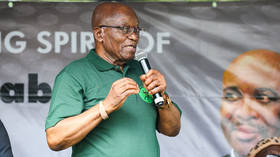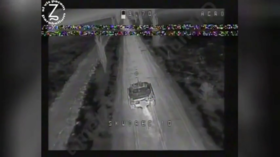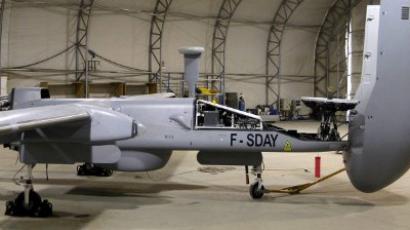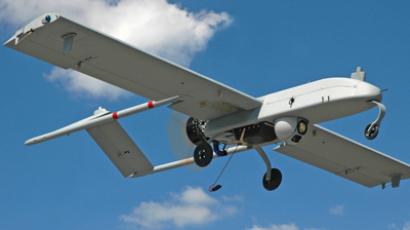Texas college hacks drone in front of DHS
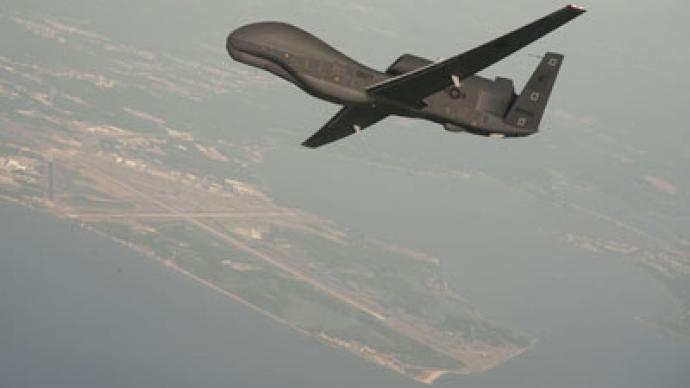
There are a lot of cool things you can do with $1,000, but scientists at an Austin, Texas college have come across one that is often overlooked: for less than a grand, how’d you like to hijack a drone?
A group of researchers led by Professor Todd Humphreys from the University of Texas at Austin Radionavigation Laboratory recently succeeded in raising the eyebrows of the US government. With just around $1,000 in parts, Humphreys’ team took control of an unmanned aerial vehicle owned by the college, all in front of the US Department of Homeland Security. After being challenged by his lab, the DHS dared Humphreys’ crew to hack into a drone and take command. Much to their chagrin, they did exactly that. Humphrey tells Fox News that for a few hundreds dollar his team was able to “spoof” the GPS system on board the drone, a technique that involves mimicking the actual signals sent to the global positioning device and then eventually tricking the target into following a new set of commands. And, for just $1,000, Humphreys says the spoofer his team assembled was the most advanced one ever built.“Spoofing a GPS receiver on a UAV is just another way of hijacking a plane,” Humphreys tells Fox. The real danger here, however, is that the government is currently considering plans that will allow local law enforcement agencies and other organizations from coast-to-coast to control drones of their own in America’s airspace.“In five or ten years you have 30,000 drones in the airspace,” he tells Fox News. “Each one of these could be a potential missile used against us.”Domestic drones are already being used by the DHS and other governmental agencies, and several small-time law enforcement groups have accumulated UAVs of their own as they await clearance from the Federal Aviation Administration. Indeed, by 2020 there expects to be tens of thousands of drones diving and dipping through US airspace. With that futuristic reality only a few years away, Humphreys’ experiment suggests that the FAA may have their work cut out for them if they think it’s as easy as just approving domestic use anytime soon. After all, reports Newser, domestic drones are likely to use the same unencrypted GPS signals provided to civilians, allowing seemingly anyone with $1,000 and the right research to hack into the system and harness a UAV for their own personal use. “What if you could take down one of these drones delivering FedEx packages and use that as your missile?” Humphreys asks. “That’s the same mentality the 9-11 attackers had,”
Correction: this story has been modified to clarify that the drone used in the U of T experiment was not a government drone, but a UAV owned by the university.



